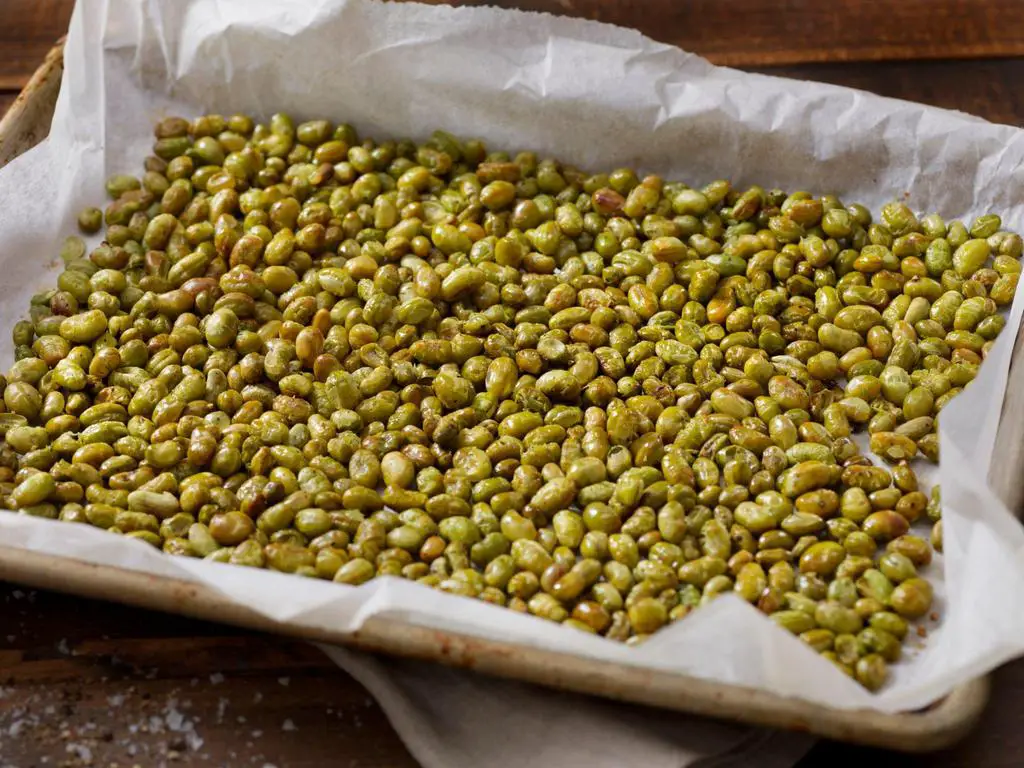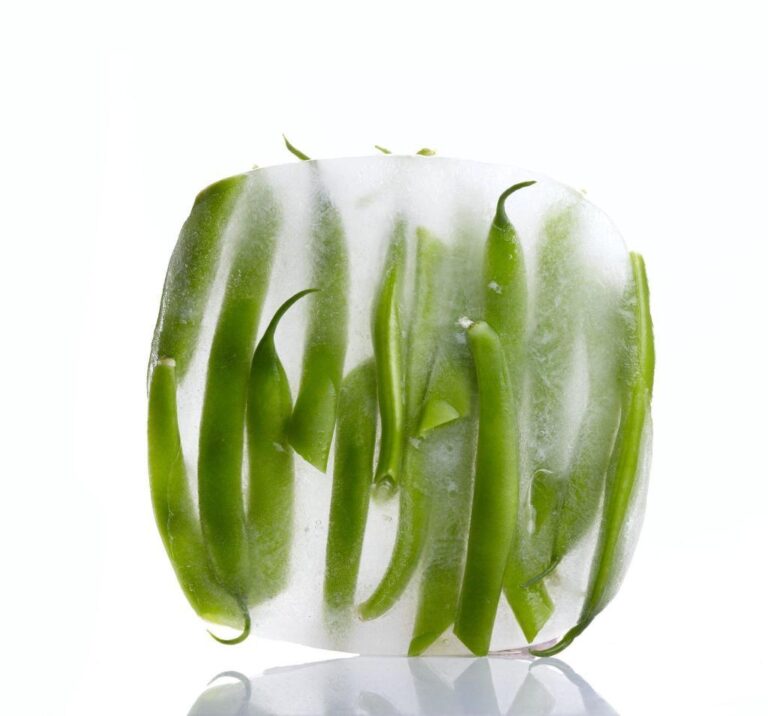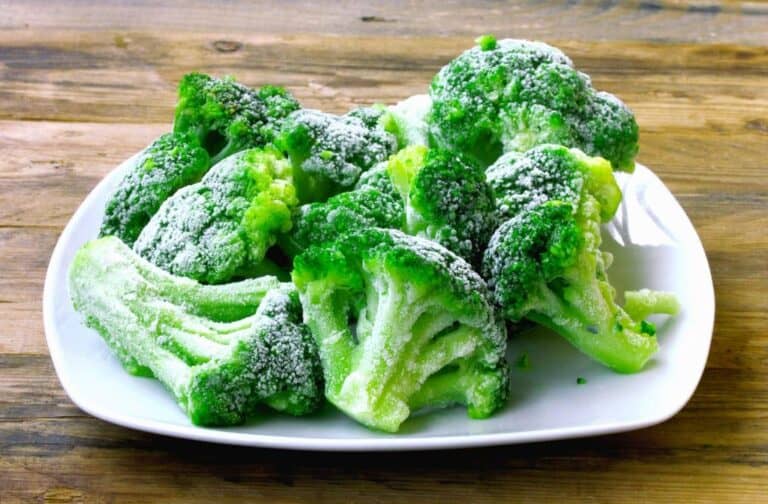Is Dried Edamame Good for You? What Happens If You Eat Too Much?

Have you ever tried dried edamame? This tasty snack has been gaining popularity in recent years, and for good reason. Dried edamame is a great source of protein, fiber, and essential vitamins and minerals.
If you’re looking for a healthy snack option, dried edamame is definitely worth considering. Not only is it a good source of plant-based protein, but it also contains high levels of iron, calcium, and magnesium. Plus, it’s a great option for those with dietary restrictions, as it’s gluten-free and vegan.
But just like any other food, it’s important to be mindful of how much you’re consuming. Eating too much of any food can have negative effects on your body, so it’s important to understand the potential consequences of overindulging in dried edamame.
So, whether you’re a seasoned dried edamame fan or just curious about this popular snack, keep reading to learn about the nutritional benefits and potential risks of eating too much. By the end of this article, you’ll have a better understanding of how to enjoy dried edamame safely and responsibly.
What is Dried Edamame?
Dried edamame is a type of snack made from mature, dehydrated soybeans that have been removed from their pods. Usually, fresh edamame beans are boiled or steamed until they are fully cooked, and then they are dried in a dehydrator or oven.
Dried edamame has a crunchy texture and a slightly nutty flavor that makes it an ideal snack for people who enjoy a savory treat with a satisfying crunch.
One of the best things about dried edamame is that it is incredibly versatile. It can be enjoyed as a snack on its own or added to salads, soups, and stir-fry dishes for extra protein and texture. Some people even use dried edamame as a topping for their favorite dishes, such as pizza or pasta. With so many different ways to enjoy it, dried edamame is an excellent addition to any healthy diet.
Nutritional Value and Why Is Edamame is Good for You
Dried edamame is a great source of plant-based protein, making it an ideal snack for vegans and vegetarians. About 14 grams of protein are in a single serving of dried edamame, which is about a quarter cup. Also, edamame has all of the essential amino acids that the body needs to build and repair muscle tissue.
In addition to being a good source of protein, dried edamame is also rich in other important nutrients. For example, it has a lot of fiber, which is important for keeping your digestive system healthy and making you feel full. Dried edamame is also high in iron, which is important for maintaining healthy blood cells and preventing anemia. Additionally, it is a good source of iron, calcium, and magnesium, which play key roles in many important bodily processes.
In addition to its high protein content, dried edamame is also a good source of dietary fiber. A serving of dried edamame contains around 8 grams of fiber, which is almost a third of the recommended daily intake for adults. Fiber is important for healthy digestion and for making you feel full and satisfied, which can help you control your weight.
It’s important to note that dried edamame can be high in calories, so it’s important to enjoy it in moderation. If you’re looking for a healthy and satisfying snack that is high in protein and other important nutrients, dried edamame is definitely worth considering.
How to Incorporate Dried Edamame into Your Diet
One simple way to incorporate dried edamame into your diet is to add it to salads or grain bowls. Simply toss a handful of dried edamame into your favorite salad or grain bowl recipe for an extra boost of protein and crunch. Dried edamame can also be blended into dips such as hummus or guacamole, adding an extra layer of flavor and nutrition.
Another fun way to enjoy dried edamame is as a snack on its own. This crunchy snack can be seasoned with your favorite spices such as garlic, paprika, or cayenne pepper for an extra burst of flavor. Dried edamame can also be used as a topping for soups or stews, adding both flavor and texture.
Incorporating dried edamame into your diet is a great way to boost your protein intake and add essential nutrients to your meals. With its versatility and delicious flavor, dried edamame is a snack that is sure to become a staple in your kitchen.
Normal Edame vs. Dried Edame: Which One is Better?
Normal edamame and dried edamame both have their own unique advantages. Normal edamame is a good source of protein, fiber, and the vitamins and minerals that your body needs. It is also low in calories and fat, making it an ideal snack for weight loss or weight management.
On the other hand, dried edamame is an even more concentrated source of protein, containing up to 16 grams of protein per 1/4 cup serving. It is also a good source of fiber and is naturally gluten-free.
When it comes to taste, normal edamame has a slightly sweet and nutty flavor, with a soft texture. Dried edamame, on the other hand, has a more intense flavor and a crunchier texture. It is often spiced up with things like salt, garlic, or chili powder to make it taste better. In the end, whether fresh or dried edamame is better depends on what you like and what you need to eat. Both are good choices for healthy snacks that can be part of a well-balanced diet.
What Happens If You Eat Too Much Edamame?
Edamame, which is boiled young soybeans, is a popular snack among people who care about their health because it is very healthy. It is a great source of plant-based protein, fiber, vitamins, and minerals. However, consuming too much edamame can also have negative effects on the body. In this article, we’ll explore what happens if you eat too much edamame.
First, edamame has a lot of fiber, which can make your stomach hurt if you eat too much of it. Eating too much edamame can lead to bloating, flatulence, and constipation. This is especially true for people with irritable bowel syndrome (IBS) or a sensitive digestive system.
Secondly, edamame contains a high amount of protein. This is good for people who need to eat more protein, but eating too much protein can be bad for the body. The body needs to break down excess protein into amino acids, which puts a strain on the kidneys. This can cause dehydration and an increased risk of kidney stones.
Lastly, edamame is a member of the legume family and contains oligosaccharides. These are carbohydrates that are difficult for the body to digest, leading to the production of gas. If you eat too much edamame, you may get too much gas, which can make you feel bloated and uncomfortable.
How to Enjoy Edamame Safely
Like any other food, edamame should only be eaten in small amounts and with care to avoid any health risks. Here are some tips on how to enjoy edamame safely.
- Firstly, when buying edamame, make sure that it is fresh and properly stored. Fresh edamame should have a bright green color and a firm texture. Avoid buying edamame that has a yellow or brown color or a mushy texture, as these are signs of spoilage. Make sure to store edamame in the right way in the fridge or freezer to keep it fresh.
- Secondly, it is important to properly cook edamame before consumption. Raw edamame may contain harmful bacteria and toxins that can cause food poisoning. To cook edamame, boil it in salted water for 5–7 minutes or until the beans are tender. You can also steam or microwave edamame for a healthier cooking method.
- Lastly, be mindful of any potential allergic reactions to edamame. Although it is not a common allergen, some people may experience an allergic reaction to soybeans, which edamame is a variety of. Symptoms of an allergic reaction may include hives, swelling, difficulty breathing, and digestive problems. If you experience any of these symptoms after consuming edamame, seek medical attention immediately.






